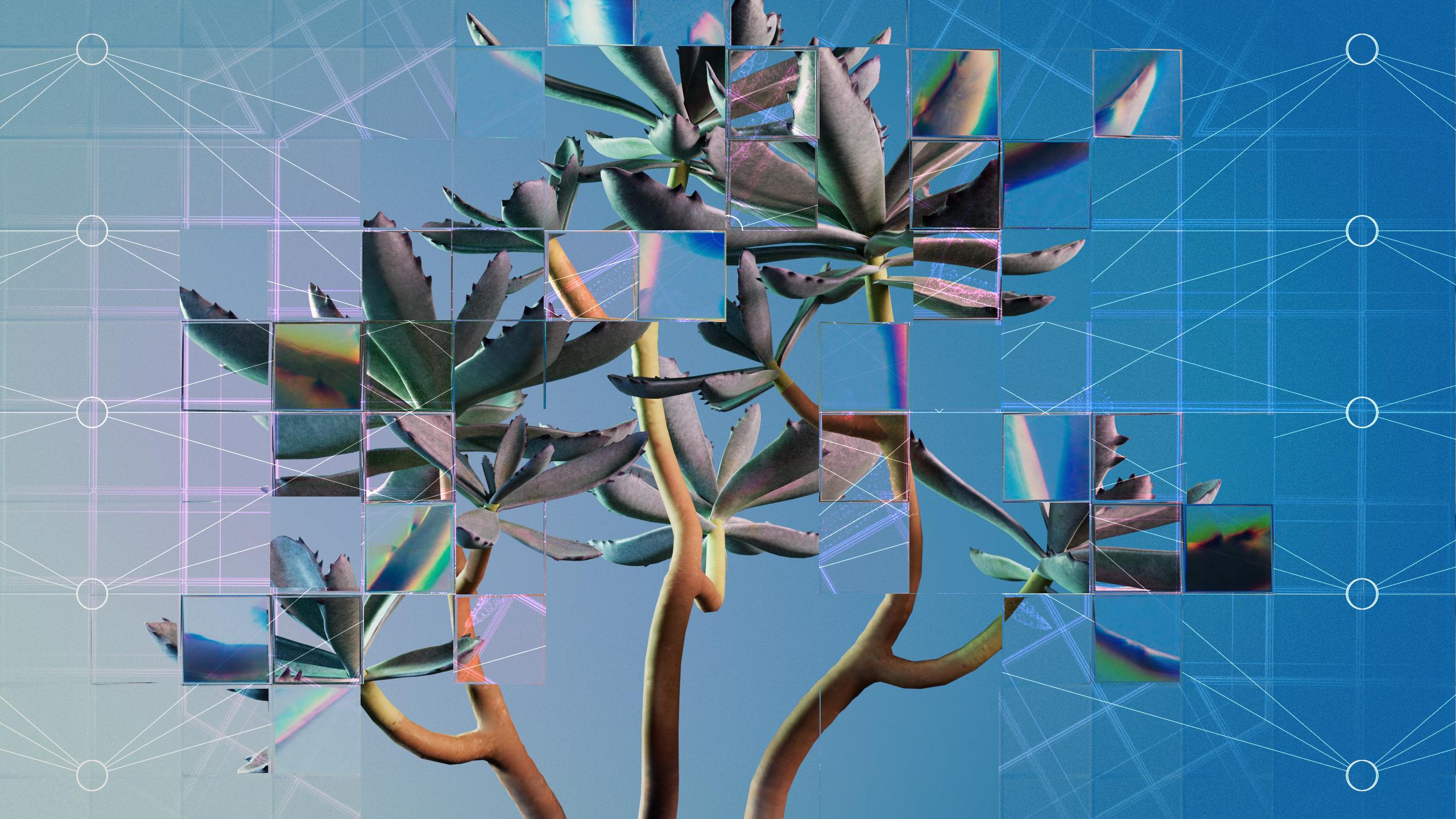Google’s Deepmind AI can create ‘3D’ videos based on a single image
A 30-second video can be made from the AI analysing and contextualising the contents of an image

Your support helps us to tell the story
From reproductive rights to climate change to Big Tech, The Independent is on the ground when the story is developing. Whether it's investigating the financials of Elon Musk's pro-Trump PAC or producing our latest documentary, 'The A Word', which shines a light on the American women fighting for reproductive rights, we know how important it is to parse out the facts from the messaging.
At such a critical moment in US history, we need reporters on the ground. Your donation allows us to keep sending journalists to speak to both sides of the story.
The Independent is trusted by Americans across the entire political spectrum. And unlike many other quality news outlets, we choose not to lock Americans out of our reporting and analysis with paywalls. We believe quality journalism should be available to everyone, paid for by those who can afford it.
Your support makes all the difference.Google’s Deepmind neural network is now able to create 30-second videos from a single image.
Transframer, as the new tool is called, only needs one photo to work with as it starts identifying what is in the picture’s frame. It analyses the content of the image, and then predicts what would be around it with “context images” – guessing what objects would look like from different angles, based on a huge amount of training data.
“Given a collection of context images with associated annotations (time-stamps, camera viewpoints, etc.), and a query annotation, the task is to predict a probability distribution over the target image,” the Deepmind team wrote in a post.
“This framework supports a range of visual prediction tasks, including video modelling, novel view synthesis, and multi-task vision.”
It is possible that this technology could be used tho build three-dimensional digital environments, rather than the traditional rending that is currently used in video games and other online spaces.
Google’s artificial intelligence team has made other striking developments in the past. Last month, the system mapped out the shape of virtually every protein known to science - a breakthrough that will help to tackle major global challenges such as developing malaria vaccines and fighting plastic pollution.
The division also trained an AI to control the superheated plasma inside a nuclear fusion reactor, opening up new avenues to advance the arrival of unlimited clean energy.
The major challenge of this is shaping and maintaining high-temperature plasma. In stars this is achieved through gravity, but is more challenging on Earth - needing lasers or magnets to control the extremely hot material.
Nevertheless, DeepMind’s AI was able to constantly control the plasma by taking 90 different measurements 10,000 times a second, and adjusting the magnetic field accordingly.



Join our commenting forum
Join thought-provoking conversations, follow other Independent readers and see their replies
Comments